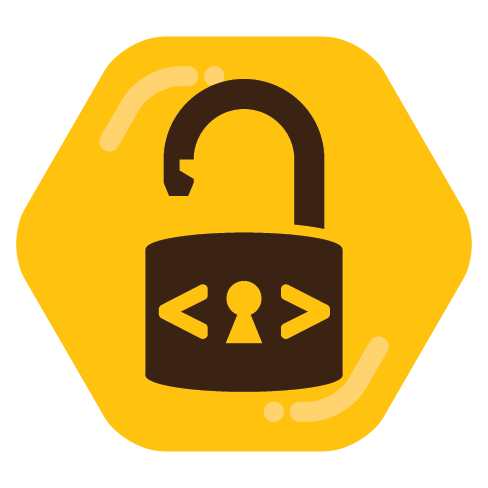The Cradle level in Thief 3 will forever and always be the scariest experience I’ve ever had in any video game, including horror games. It elevated an otherwise mediocre game to be a worthy entry besides the first two games.
Björn Tantau
- 14 Posts
- 855 Comments

 7·2 days ago
7·2 days agoThis seems to be similar to Freedoom.
Works with non-Steam games as well. I even had community profiles for Diablo 2. You just have to give the game the correct name and it should just work™.

 2·14 days ago
2·14 days agoWell, for that look at @cmhe@lemmy.world’s link.

 5·14 days ago
5·14 days agoLuckily their work is still done in the open and I can use the driver on my Deck on OpenSUSE despite it not being in the kernel.

 2·16 days ago
2·16 days agoThanks, my daughter wanted to download something from YouTube the other day.

 5·16 days ago
5·16 days agoCouldn’t have been me, I purged the last Windows machine from our household last week and the first thing my wife wanted to have installed was Steam.
That is absolutely not a slow laptop. If it takes a long time to boot there must be something wrong. I have a similar system that takes about ten seconds to boot.
Anyways, like others said, LVM with LUKS is the simplest. It uses your hardware to quickly decrypt the drive on boot. While it is running access to your data is protected by your login manager or lock screen.

 5·17 days ago
5·17 days agoIn anticipation of the Remake I’m playing Gothic again. First a swordfighter and now as a magician.

 3·17 days ago
3·17 days agoThere are instructions for both games on reddit and they even give tips for Linux. Important on Linux is that the directory is set to case insensitive. Otherwise you will have problems because files from several mods are duplicated.

 2·20 days ago
2·20 days agoMaybe you’re experiencing https://github.com/ValveSoftware/steam-for-linux/issues/10551#issuecomment-2305454689
Don’t have Lutris already running before starting the game, don’t use flatpak Lutris and don’t use gamescope. Basically make the way from Steam to the game as short as possible.

 24·21 days ago
24·21 days agoBaldur’s Gate 3 is a recent one.
Stay away from the Thinkpad T580 with the Geforce MX150. It’s horribly throttled and can’t even run Quake 3 properly although it should actually be capable of running Doom 2016.
Might be the same with the T480.

 31·23 days ago
31·23 days agoThat’s more or less what a virtual machine does. And I bet cheating programs do as well.

 6·25 days ago
6·25 days agoGCompris and Minetest or Minecraft are top.
At it’s simplest you just start the programs with Wine. So when you have Wine installed you can just select to run an exe file with Wine. By itself it will install them to a hidden folder where a mock-Windows-folderstructure is created and add entries to your start-menu equivalent.
Most people use helper apps that add a separate mock-Windows environment for every program. Makes it easier to manage them, especially if one program needs different settings from another to work.
Bottles is such a helper for general programs. Heroic is mostly for GOG and Epic games. Lutris generally for games. And Steam uses it’s own Wine version Proton automatically for verified games and you can trivially configure it to automatically use it for every Windows game.
Look at https://protondb.com for games and https://appdb.winehq.org/ for general programs.

 8·26 days ago
8·26 days agoAnd in reality they’re all just in the 2.6 branch. I still remember the transition from 2.4.








They’re great. Just avoid the reboot. Its developers didn’t even play the old ones.